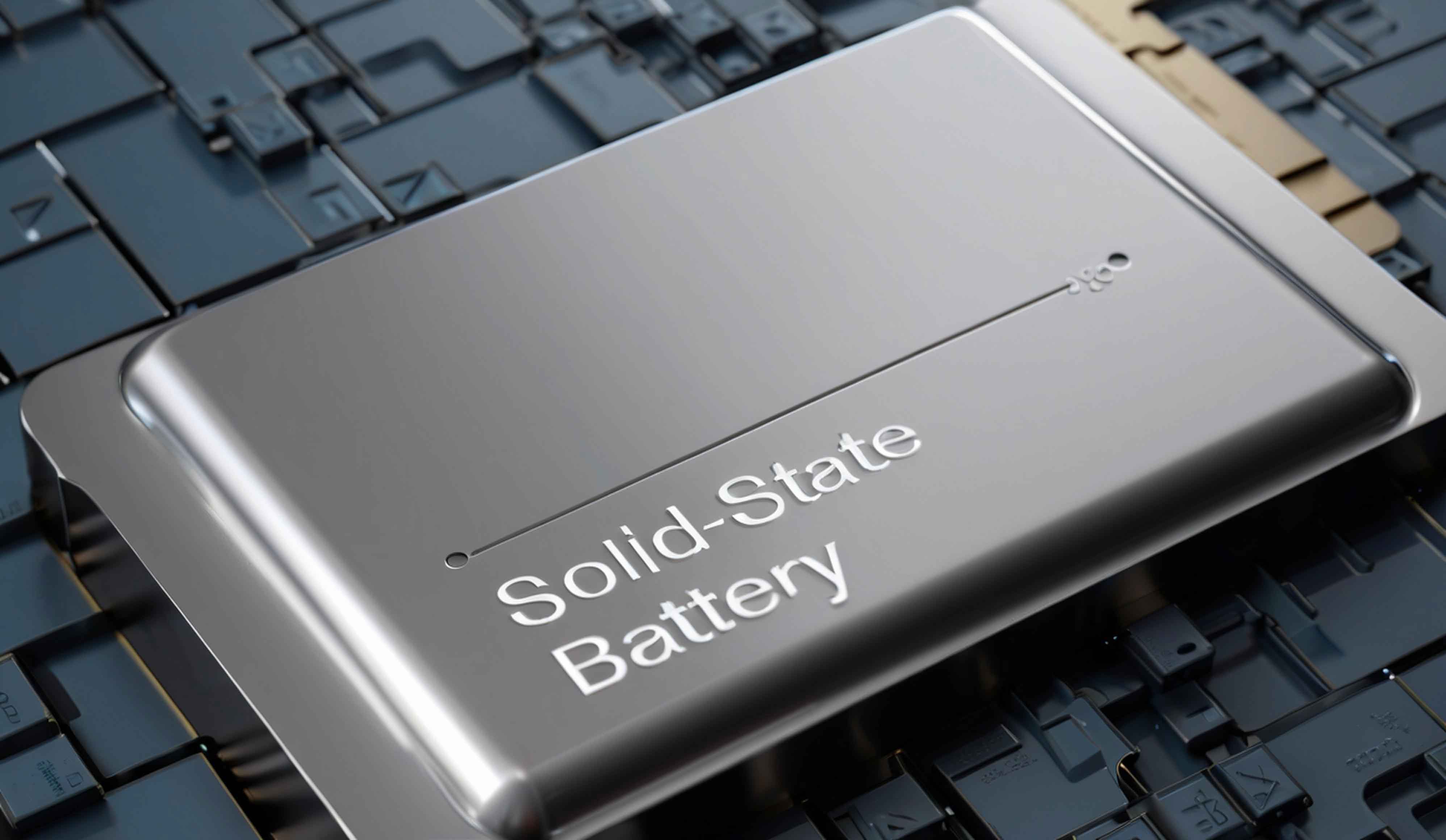Solid-state battery represents transformative leap in energy storage technology, promising higher energy density, enhanced safety, and superior thermal stability compared to conventional lithium-ion batteries. Central to their performance is the solid-state electrolyte, which replaces flammable liquid electrolytes with solid materials capable of ion transport. Despite significant advancements, challenges persist in optimizing electrolyte properties, addressing interfacial issues, and scaling production. This article explores the current state of solid-state battery electrolytes, identifies critical bottlenecks, and proposes actionable solutions to accelerate their commercialization.

1. Fundamentals of Solid-State Battery Electrolytes
Solid-state electrolytes (SSEs) are ion-conductive solids that enable Li⁺ migration between electrodes. Their performance hinges on three key parameters:
- Ionic conductivity (σσ), governed by:σ=n⋅e⋅μσ=n⋅e⋅μwhere nn = carrier concentration, ee = elementary charge, and μμ = ion mobility.
- Electrochemical stability window, defining voltage limits without decomposition.
- Mechanical robustness, ensuring resistance to dendrite penetration.
SSEs are categorized into three types: polymer-based, sulfide-based, and oxide-based electrolytes. Each class exhibits distinct advantages and challenges (Table 1).
Table 1: Comparative Analysis of Solid-State Electrolyte Types
| Electrolyte Type | Ionic Conductivity (S/cm) | Advantages | Challenges |
|---|---|---|---|
| Polymer | 10−8−10−610−8−10−6 | Flexibility, low cost | Low conductivity, thermal instability |
| Sulfide | 10−3−10−210−3−10−2 | High conductivity | Air sensitivity, chemical instability |
| Oxide | 10−4−10−310−4−10−3 | Thermal/chemical stability | Brittleness, interfacial resistance |
2. Critical Challenges in Solid-State Electrolytes
2.1 Ionic Conductivity Limitations
While sulfide electrolytes achieve near-liquid conductivity (>10−3 S/cm>10−3S/cm), polymer and oxide electrolytes lag due to crystallinity or structural rigidity. For example, poly(ethylene oxide) (PEO)-based polymers exhibit conductivity (σσ) proportional to amorphous phase content:σ∝1Texp(−EakBT)σ∝T1exp(−kBTEa)
where EaEa = activation energy, kBkB = Boltzmann constant. Strategies to enhance σσ include:
- Nanocomposite engineering: Adding inert fillers (e.g., Al2O3Al2O3) to disrupt polymer crystallinity.
- Doping: Introducing high-conductivity active fillers (e.g., Li10GeP2S12Li10GeP2S12) into polymer matrices.
2.2 Interfacial Resistance
Solid-solid electrode-electrolyte interfaces suffer from poor contact and space-charge layer effects. For sulfide electrolytes paired with oxide cathodes, interfacial reactions generate resistive phases (e.g., Li2SLi2S), increasing impedance. The space-charge effect is modeled as:Δϕ=kBTeln(σelectrolyteσcathode)Δϕ=ekBTln(σcathodeσelectrolyte)
Solutions include:
- Artificial interlayers: Coating cathodes with electron-insulating oxides (e.g., LiNbO3LiNbO3) to block side reactions.
- Single-crystal cathodes: Eliminating grain boundaries to streamline Li⁺ pathways.
2.3 Dendrite Suppression
Lithium dendrites remain a safety hazard. The critical current density (JcritJcrit) for dendrite initiation depends on electrolyte shear modulus (GG):Jcrit∝G⋅δtJcrit∝tG⋅δ
where δδ = electrolyte thickness, tt = plating time. Oxide electrolytes (G∼10 GPaG∼10GPa) outperform polymers (G∼0.1 GPaG∼0.1GPa), but brittleness complicates manufacturing.
3. Innovations in Electrolyte Design
3.1 Sulfide Electrolytes: Bridging the Conductivity-Stability Gap
Sulfide electrolytes like Li6PS5ClLi6PS5Cl (σ=10−2 S/cmσ=10−2S/cm) face hydrolysis and oxidation issues. Recent breakthroughs include:
- Hydrophobic coatings: Applying Li3PO4Li3PO4 layers to mitigate moisture degradation.
- Dual-phase electrolytes: Combining sulfides with stable oxides (e.g., Li7La3Zr2O12Li7La3Zr2O12) to widen electrochemical windows.
3.2 Oxide Electrolytes: Enhancing Mechanical Resilience
Garnet-type oxides (Li7La3Zr2O12Li7La3Zr2O12) exhibit σ=10−4 S/cmσ=10−4S/cm but require sintering at >1000∘C>1000∘C. Advances include:
- Low-temperature synthesis: Using sol-gel methods to reduce processing costs.
- Composite architectures: Embedding garnet particles in polymer matrices to improve flexibility.
3.3 Polymer Electrolytes: Boosting Conductivity
PEO-based electrolytes remain limited by low σσ. Strategies under investigation:
- Block copolymer design: Creating microphase-separated structures to enhance ion mobility.
- Crosslinking: Introducing covalent networks to stabilize amorphous regions.
4. Future Directions for Solid-State Battery Commercialization
To realize the full potential of solid-state battery, the following priorities must be addressed:
4.1 Scalable Manufacturing
Current synthesis methods (e.g., ball-milling for sulfides) are energy-intensive. Emerging techniques like roll-to-roll processing for thin-film electrolytes could slash costs (Table 2).
Table 2: Cost and Scalability of Electrolyte Synthesis Methods
| Method | Cost (USD/kg) | Scalability | Electrolyte Type |
|---|---|---|---|
| Ball-milling | 500–1000 | Moderate | Sulfide |
| Sol-gel | 300–800 | High | Oxide |
| Extrusion | 200–500 | High | Polymer |
4.2 Advanced Characterization
Operando techniques (e.g., X-ray tomography, impedance spectroscopy) are critical to probe interfacial dynamics. Machine learning can accelerate electrolyte discovery by predicting properties like σσ and EaEa.
4.3 Regulatory and Standardization Frameworks
Uniform testing protocols for ionic conductivity, cycle life, and safety are essential to streamline industry adoption.
5. Conclusion
Solid-state battery is poised to redefine energy storage, yet their success hinges on overcoming electrolyte-related challenges. Sulfide, oxide, and polymer electrolytes each offer unique advantages but require tailored solutions to address conductivity, interfacial resistance, and scalability. Innovations in composite design, advanced manufacturing, and AI-driven material discovery will be pivotal in transitioning solid-state battery from labs to global markets. As research accelerates, the vision of safer, higher-capacity batteries for electric vehicles and grid storage inches closer to reality.
